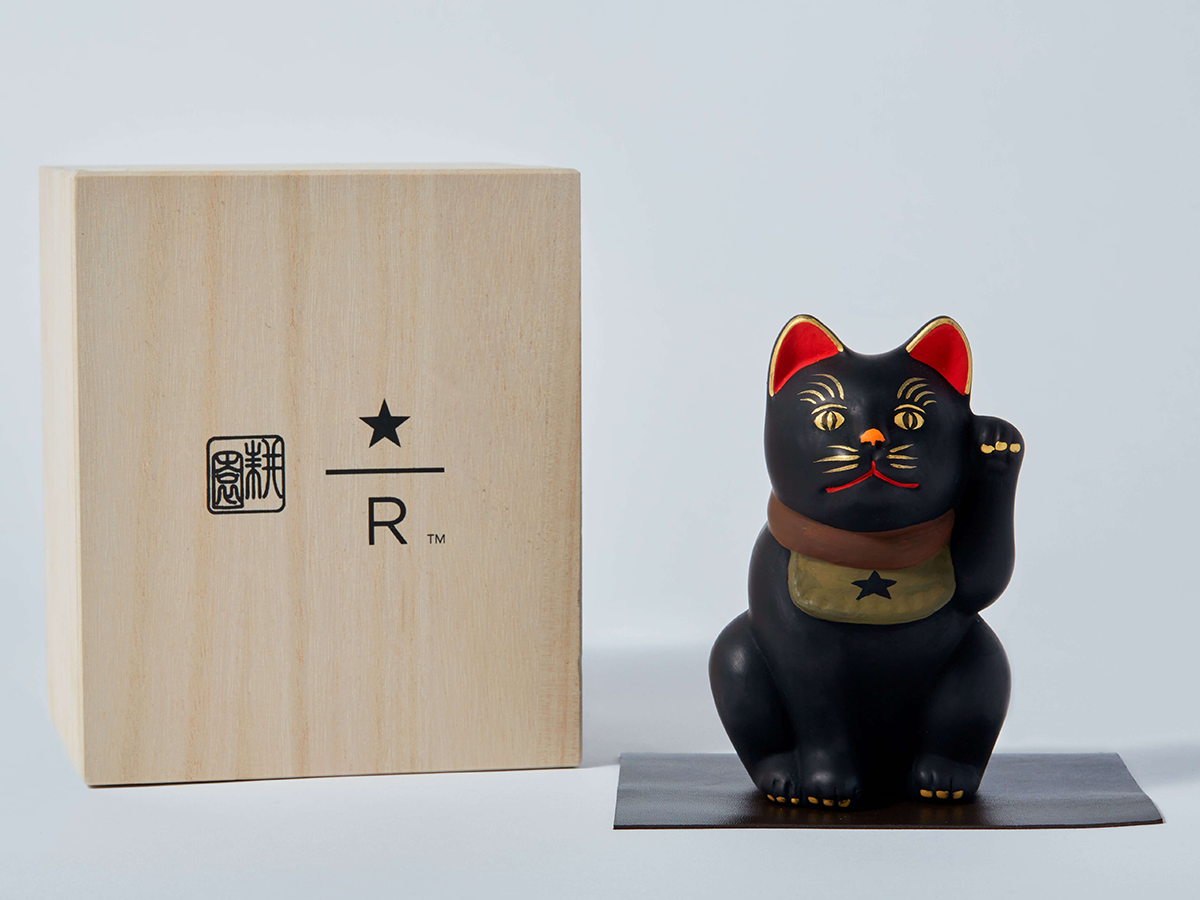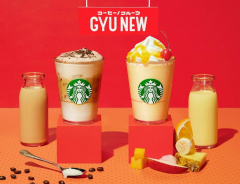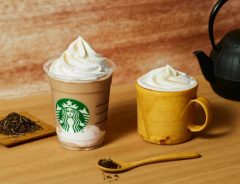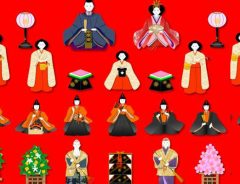
Source: Starbucks Japan
Starbucks Reserve Roastery Team Up With 160-Year-Old Kyoto Doll Makers for Traditional Japanese Souvenirs
- Source:
- Starbucks Japan
Related Article
-

Starbucks Japan’s ‘Gyu-New’ range takes a fresh look at fruity milk with a tasty pun
-

Starbucks Japan Kicks Off New Year With Roasted Green Tea Cream Frappuccino
-

81-Year-Old Woman Learns How To Make Smart Phone Game In 6 Months, Make Tech Fun For Elderly
-

Starbucks Japan reveals first festive beverage lineup for the holiday season and it’s a fruity one
-

Starbucks Japan Gets Ready For Fall With Two New Apple Frappuccinos
-

Starbucks Japan Unmasks Bloody Red Night Masquerade Frappuccino For Halloween


You may have heard of the unique Starbucks located on Kyoto’s famous Ninenzaka, the steep hill leading up to Kiyomizu Temple. In order to blend in with the traditional neighbourhood, the instantly recognisable coffee brand created the first ever ‘tatami mat Starbucks’ inside a renovated century-old townhouse.
The location also happened to be very close to Shimada Kouen, a doll makers shop which was established in 1859, and has helped keep the beautiful craft alive since then, passing the business down the family over five generations.
Shimada Kouen’s doll factory specialises in a certain type of traditional Japanese ornaments. They are called Gosho-ningyo, literally imperial palace dolls, because they were often given as gifts to Daimyo who visited the royal court at Kyoto. They usually take the form of cute chubby children or babies, with stark white skin, adorable faces, and short limbs.
The fifth generation craftsman of Shimada Kouen created a special doll for that Starbucks branch which was displayed proudly, a maneki neko (the lucky beckoning cat statues, often seen in shops and other businesses) wearing a green apron just like the Starbucks staff members wear.
Now Starbucks are collaborating with the 160-year-old workshop, utilising their expertise to create beautiful, original souvenirs which are being sold exclusively in the Starbucks Reserve Roastery, a mega-coffee shop which only recently opened in Tokyo. The collaboration products with Starbucks include some of the customary child dolls, as well as other takes on the traditional souvenirs, that all hold special meanings.
Source: Starbucks Japan
The most expenisive one is a classic gosho-ningyo holding a gilded cup (50,000 yen) to symbolise deepening trust and bonds between people.
Source: Starbucks Japan
You can also bag the same maneki neko (30,000 yen) which is seen displayed in the Ninenzaka branch of the coffee shop. The cat wears a green apron with a star referencing Starbucks, it even has the same paw raised as the ornament in Kyoto, the left one, which symbolically invites a flood of customers.
Source: Starbucks Japan
Since ancient times, earthenware items have been seen as good luck charms and talismans against evil. The material has been used to create this cute Chinese zodiac rat (3500 yen), just in time for his year in 2020. He’s holding a lucky bag filled with dreams and good fortune.
Source: Starbucks Japan
There’s one more traditional gosho-ningyo (3500 yen). This guy is diminutive in size, but he bangs out a whole load of dreams and happiness with his tiny gavel. He’s standing on his own tatami mat just like the ones that furnish the Starbucks in Kyoto.
Source: Starbucks Japan
There’s another, very unique option for those who want to celebrate the Chinese zodiac year with a rat ornament, the Starbucks rat-car, of course (3000 yen).
Although some may lament corporate giants like Starbucks seemingly taking over the coffee scene in many countries, it’s nice to see the efforts they make to not only incorporate Japanese aesthetics and local culture into their ventures, but also use their influence to bring more attention to the country’s numerous wonderful traditional arts.
Starbucks Reserve Roastery website